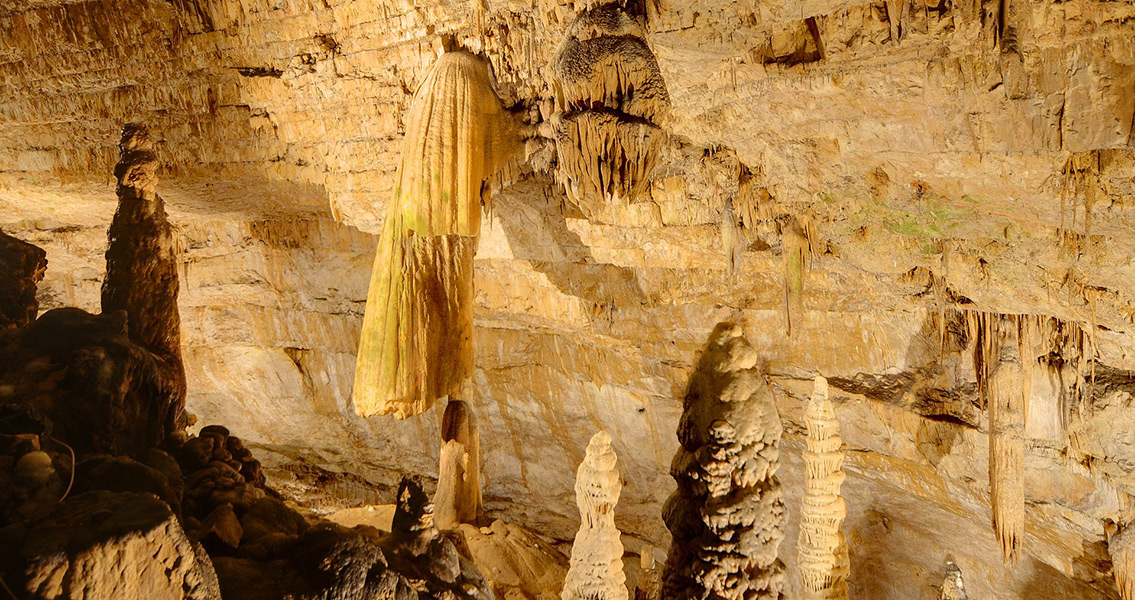<![CDATA[A cave in central China that was used for over 500 years and contains inscriptions detailing the effects of droughts on the local communities is the latest site where the long-terms effects of climate change on a society can be studied. The inscriptions in Dayu Cave were discovered and examined by an international team of researchers, who found they referred to seven separate drought events between 1520 and 1920. These events not only interfered with the physical wellbeing of the people living in the region but also caused social and political tensions that affected the course of history. One of the researchers, Sebastian Breitenbach from Cambridge University, told Heritage Daily that the inscriptions are further proof that droughts cause social and political instability, adding that records from other caves in China as well as in lakes have revealed a probable link between droughts and the demise of the Tang, Yuan, and Ming dynasties. The idea that climate change was instrumental in the demise of several Chinese dynasties is not new, but Dayu Cave in the Qinling Mountains in central China offers direct historical evidence of this impact, the researchers write in a paper published in Scientific Reports. The cave is located in an area where most of the rainfall takes place during the summer monsoon. The mountain in which it lies, for its part, is a major recharge point for local rivers. The inscriptions found on the cave’s walls revealed that the place was visited often over the 500-year period, at least 70 times, the authors note in their paper. The droughts described in these inscriptions occurred in 1528, 1596, 1707, 1756, 1839, 1891, and in 1894. According to the inscriptions, the visits to the cave were simultaneously practical and ceremonial. One inscription cited in the paper reads as follows: “On May 24th, 17th year of the Emperor Guangxu period, Qing Dynasty [the traditional Chinese calendar, equivalent to June 30th, 1891 CE], the local mayor, Huaizong Zhu led more than 200 people into the cave to retrieve water. A fortuneteller named Zhenrong Ran prayed for rain during a ceremony”. Three years later 120 people came back to the cave for water and prayers, as told by another inscription. A third one, from the 1707 drought, related that the governor of Ningqiang district came to the cave to pray for rain. The stories told by the inscriptions were confirmed by analysis of stalagmites in the cave. Stable isotopes and trace elements showed that rainfall was lower in the years mentioned in the inscriptions. This is the first time that analysis of stalagmites and historical records in one and the same place has been made possible. What’s more, this analysis allowed the design of a forecast model, which suggested that central China may soon experience another drought. Given that Qinling Mountain is an essential source of water for the local aquifer as well as habitat to many endangered species, the authors point out that a strategy needs to be developed for coping with any possible decline in precipitation and a possible drought. For more information: “A Chinese cave links climate change, social impacts, and human adaptation over the last 500 years” Image courtesy of Wikimedia Commons user: Thomas Bresson]]>
China Cave Reveals Social Impact of Climate Change
